Disruption
Career services departments in higher education have been experiencing disruption for a number of years now.
- Professional sites like Linkedin allow students/graduates to connect with pretty much anyone.
- There’s a wealth of knowledge available on YouTube and the rest of the internet.
- Job portals have replaced the need to view a physical job board at the career services office.
When community centres (CCs) first appeared, they were simple structures with zinc roofs, housing basic classroom and sports facilities, my father used to reminisce about going to the CC just to watch television.
But they’ve since evolved and are unrecognizable from their origin bare bones origins. There are now specialist CCs and they include those that offer water sports and those targeted at PMETs. CCs now have air conditioned classrooms, karaoke rooms, gyms and some even have a fast food restaurant or library linked to the building.
Much like the community centre, the career services centre needs to evolve. They must rise up to become a key partner in creating value for students enrolled into a university.
Duplication of effort
The undergraduates today (if you’re referring to traditional students) are largely going to be between 18 – 21 years of age. Most if not all of them have never experienced life before the internet.

We’re talking about a generation that are comfortable with technology and have always had information at their fingertips. With a seemingly unlimited amount of knowledge accessible to them, they no longer have to visit the career centre to view a physical job board. A search for “how to write a resume” yields 301,000,000 results on Google. Want to know more about interview tips and etiquette? There are scores of videos on Youtube.
If it wasn’t already obvious by now, any student with the motivation to learn can do so without turning to the career services department. To stay relevant, the career services team has to find ways to add value.
For example, the low hanging fruit would be to let students know, what they don’t know. Preparing a simple guidebook or checklist can help point students in the right direction. This way, students can do the research on their own and learn at their own time and pace.

While this might be convenient for the student and an easy intervention for career services to implement, it’s not hard to see why it might not be the best one for your career. You can probably imagine the institution’s management asking the team why there are no visible or grand displays of effort.
An institutional job board might seem like a good idea, but if you think about it, what value does it add to the student? It’s probably going to be managed by one of the typical players in the market such as Jobscentral.
Do students from your institution get preferential treatment when applying for a job through your in-house portal? Will they have access to jobs that are not posted anywhere else? It seems unlikely.
Adding Value
Simply being the provider of information is no longer sufficient. Career service centres need to move up the value chain. So how can that be done?
One way to do this is building relationships with employers and providing students with a behind the scenes look at the organisation. Company visits, inviting campus recruiters to talk about their organisation’s specific hiring processes, organizing insider events where students get to hear from the representatives of various departments in a company on how their roles contribute to the company. Perhaps even share tips for securing a job in the team!
These are things that students cannot simply access via the internet. Though, the rising popularity of employer branding might change all this.
What about industry specific sessions? Small, intimate sessions, that allow for more interaction between the industry representatives and students. Such sessions are targeted and from looking at the WSG’s industry focused career events, that seems to be the way to go.
Sure, targeted events are likely going to be smaller and probably won’t look as impressive as a huge career fair where you invite every student from every major and talent acquisition teams from every industry, but surely the impact of an initiative should have priority over the visibility?
This is part 1 of a two part series on career services in higher education. In part 2, I will touch on how it is important for career services teams to have the ability to do sales, marketing and branding.
Part 2: Career Services in Higher Education – A Dual Prong Approach

0 Comments